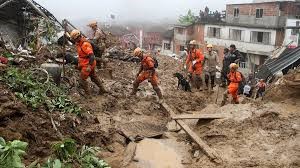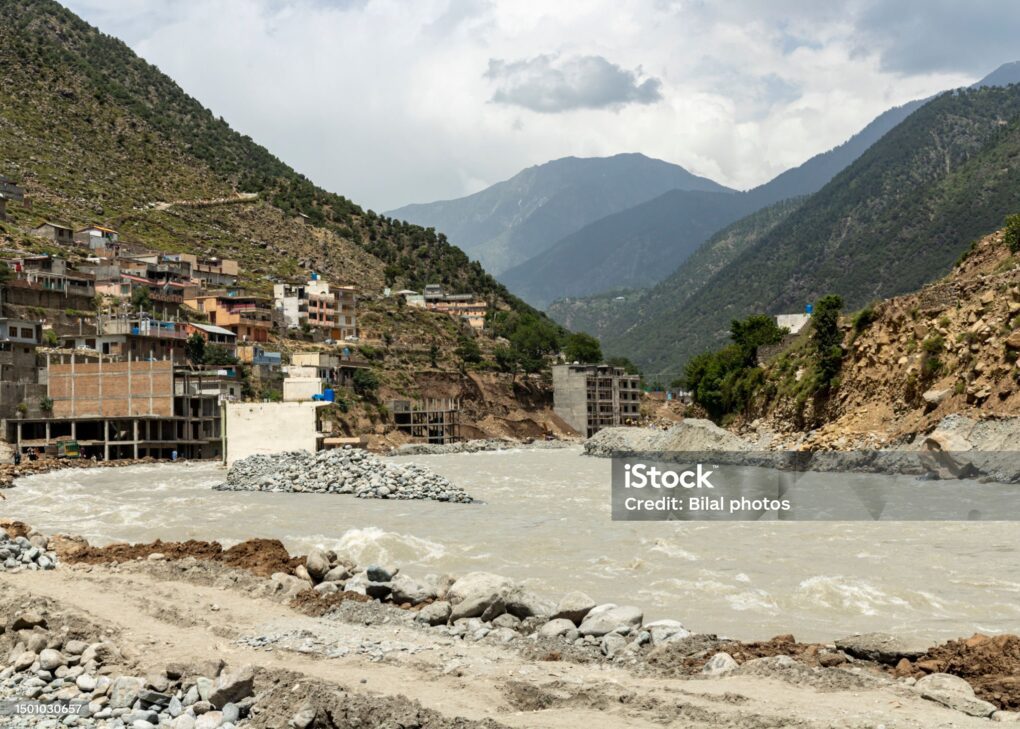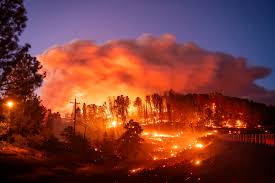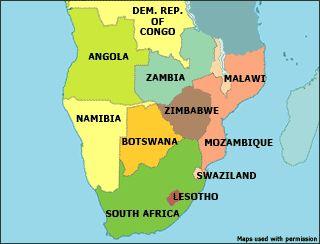75 people have been reported killed in Brazil due to massive flooding and landslides triggered by days of heavy rain. Another 67 people are missing in Rio Grande do Sul. Officials say that nearly 25,000 residents have been forced to leave their homes since the storms began last Saturday. 500,000 people were without power and clean water, with further rainfall expected. More than half of the 497 cities in the state have been affected by the storms, with roads and bridges destroyed in several areas, reported BBC.
The flooding is the worst in Brazil in 80 years. Five days in, as the rainfall shows no signs of letting up, four of the state’s dams are at risk of collapsing, creating the risk of a new “emergency situation”, according to civil defence officials.

The extreme weather has been caused by a rare combination of hotter than average temperatures, high humidity and strong winds. Brazil’s National Institute of Meteorology attributed the increased intensity and frequency of rainfall to the climate phenomenon El Niño.
Brazil has recently experienced a string of extreme weather events. A cyclone killed at least 31 people in September last year. According to the climatologist Francisco Eliseu Aquino, the devastating storms were the result of a “disastrous cocktail” of global warming and the El Nino weather phenomenon. He told that the region’s particular geography meant it was often confronted by the effects of tropical and polar air masses colliding – but these events have “intensified due to climate change”. And when they coincide with El Nino, a periodic warming of the waters in the tropical Pacific, the atmosphere becomes more unstable, he said.





